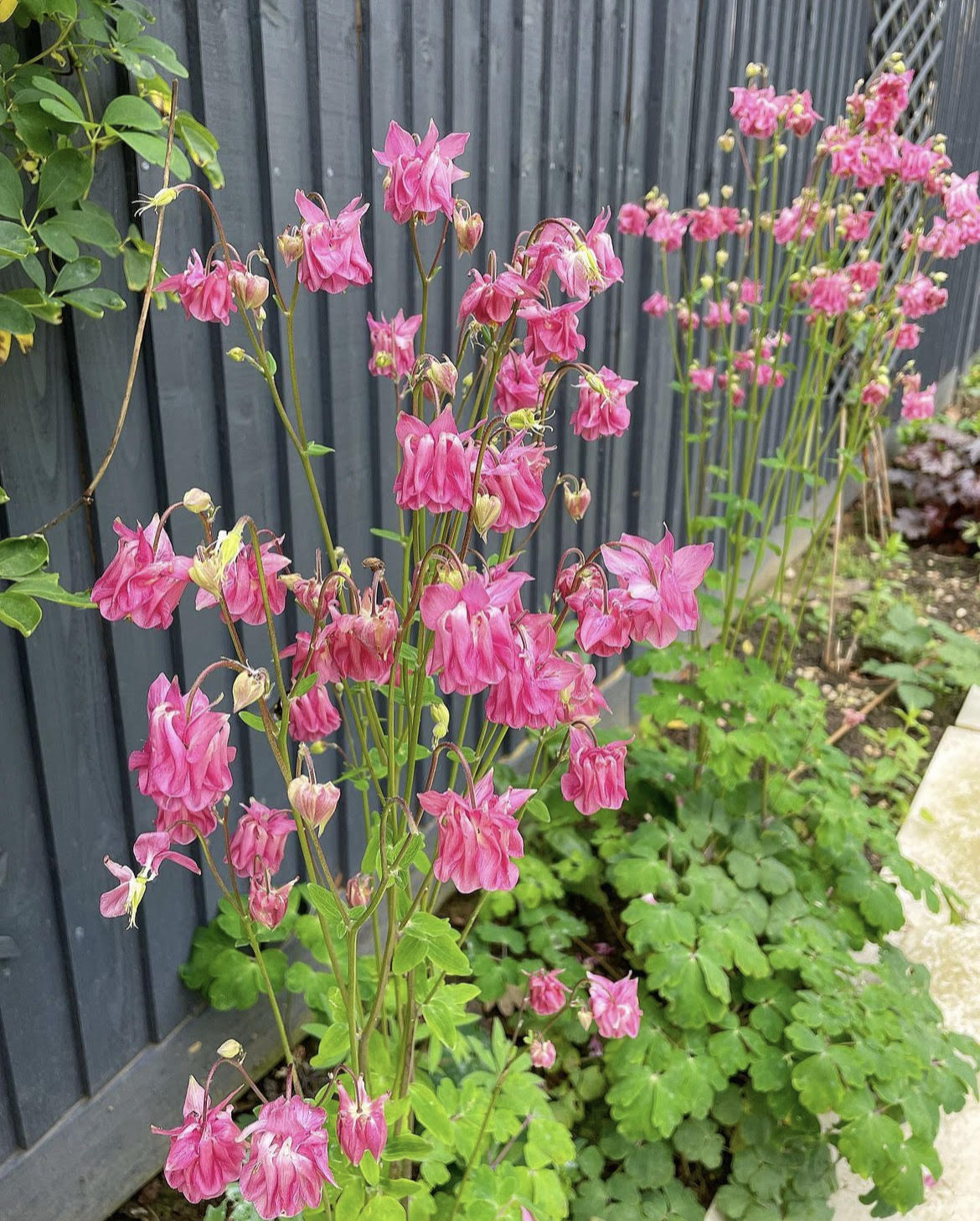
When you move into a new house, one of the areas you may have to look at is the garden and whether it’s secure. We didn’t have fencing originally, so for the first couple of years our dog was regularly escaping into other gardens.
Whether it’s garden fencing, site security, or a way of funnelling footfall, when it comes to marking out boundaries, fencing is the go-to option.
So what type of fencing should you use?
Traditional wood panels, steel railing and composite fencing boards are just some of the leading contenders, but what’s the difference between them, and which is right for the project?
Steel Fencing
Think of steel and you think of strength, hardly surprising given that it’s the second strongest metal in the world. So if you’re looking for maximum security, and panels that won’t damage easily, this is the fence material for you.
However, with that strength comes weight. Steel fences are extremely heavy, making installation an arduous task best left to the professionals.
Steel fencing is also expensive – and it’s a metal that holds value. According to Statista, there were 30,115 metal thefts recorded in 2021/22 – potentially making your fencing a target for crime rather than a deterrent!
On the plus side though, panels are galvanised and powder coated. This long-lasting protective covering guarantees a rust-free fence.
Concrete Fencing
Perhaps the least aesthetically pleasing of all fencing options, concrete fencing is unlikely to be top of the list if you’re looking for a fence to create an attractive focal point and enhance surroundings.
What it does do, though, is create a highly secure boundary.
Extremely strong and heavy (which can make it difficult to install), concrete fencing is a reliably durable and low-maintenance choice that requires no further attention once it’s in place.
Wooden Fencing
A favourite of the fencing world and the go-to for gardens, wooden fencing panels are a domestic favourite.
The appeal largely stems from their attractive, natural look which fits perfectly with garden surroundings without looking too heavy or industrial.
Wooden fence panels are also a versatile choice and offer much in the way of customisation – you can paint panels any colour you like. I painted all 200 foot of our wooden fence panels a dark grey/blue and it really makes the plants pop.
The downside here, is that wood is a natural product.
Ongoing – and regular – maintenance will be required to keep panels looking good, and if wood treatments aren’t applied, problems with rot and pests will soon kick in. And whilst the initial cost of wooden fencing can be temptingly cheap, you need to factor in the recurring cost of paint and wood treatments.
Worth noting too, that wood also isn’t renowned for its strength and panels can be easily damaged or broken.
Composite Fencing
The newest fencing option on the market, but already a key player, is composite fencing.
Offering the best of both worlds, it is the Goldilocks ‘just right’ choice of fencing. Providing the attractive appearance of wood but with the advantage of requiring no painting or ongoing maintenance. It’s also much stronger than wooden panels, yet much lighter and easier to work with than either concrete or steel. It also holds no theft value.
The downside with composite, if we have to find one, is that there isn’t much in the way of choice when it comes to colours. Browns, greys and blacks are the standard options – but they’re the standard because they’re also the most popular.
Buy Composite Fencing
There’s a time and place for all materials but there are few instances where we can think of a more favourable fencing option than modern composite fencing.
If you have more questions about the advantages of using composite fencing, why not get in touch with HR Composites? As manufacturers of quality composite fencing, they have a great range of panels in stock and ready to be delivered straight to your door.
Post in collaboration.